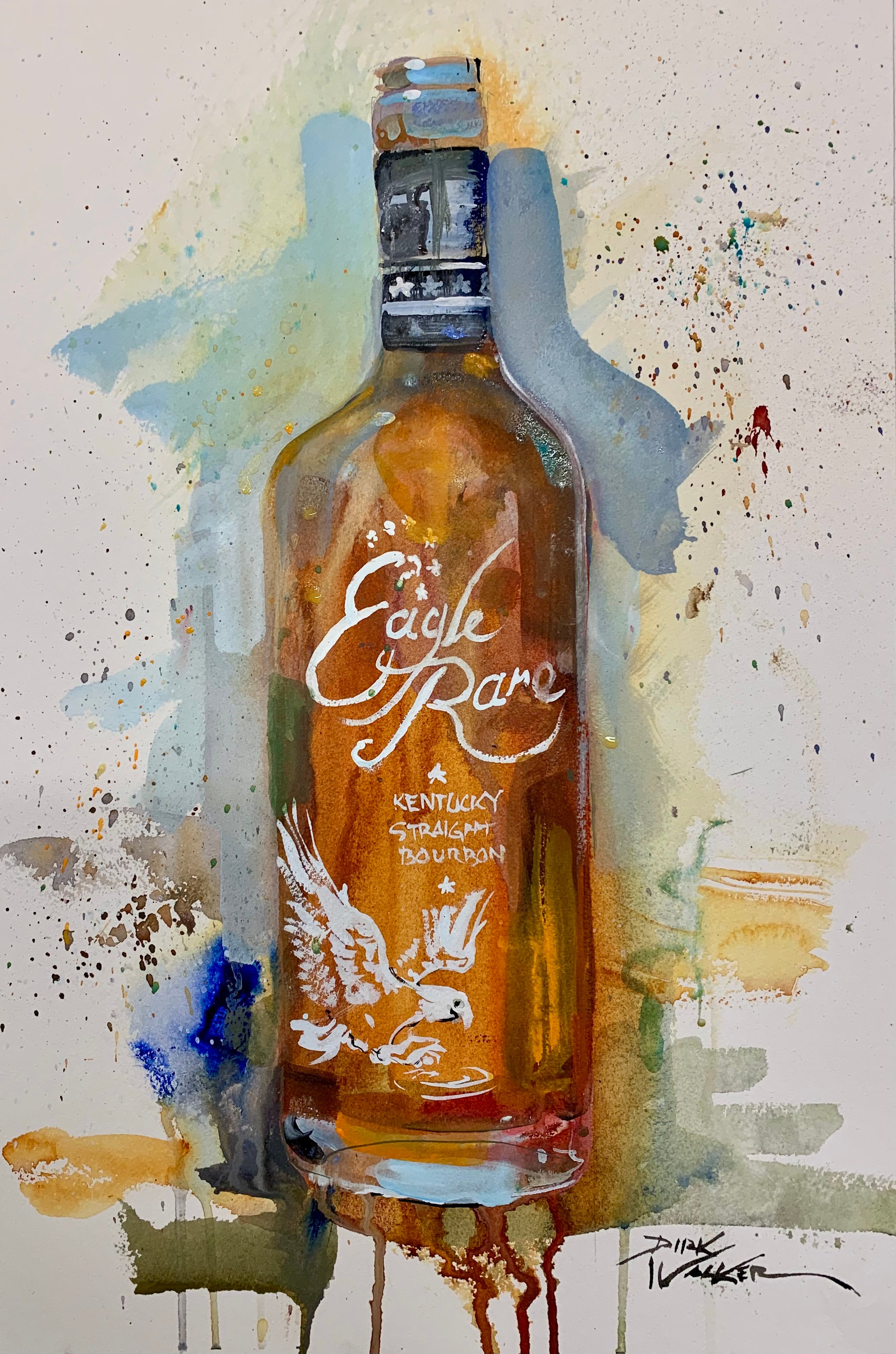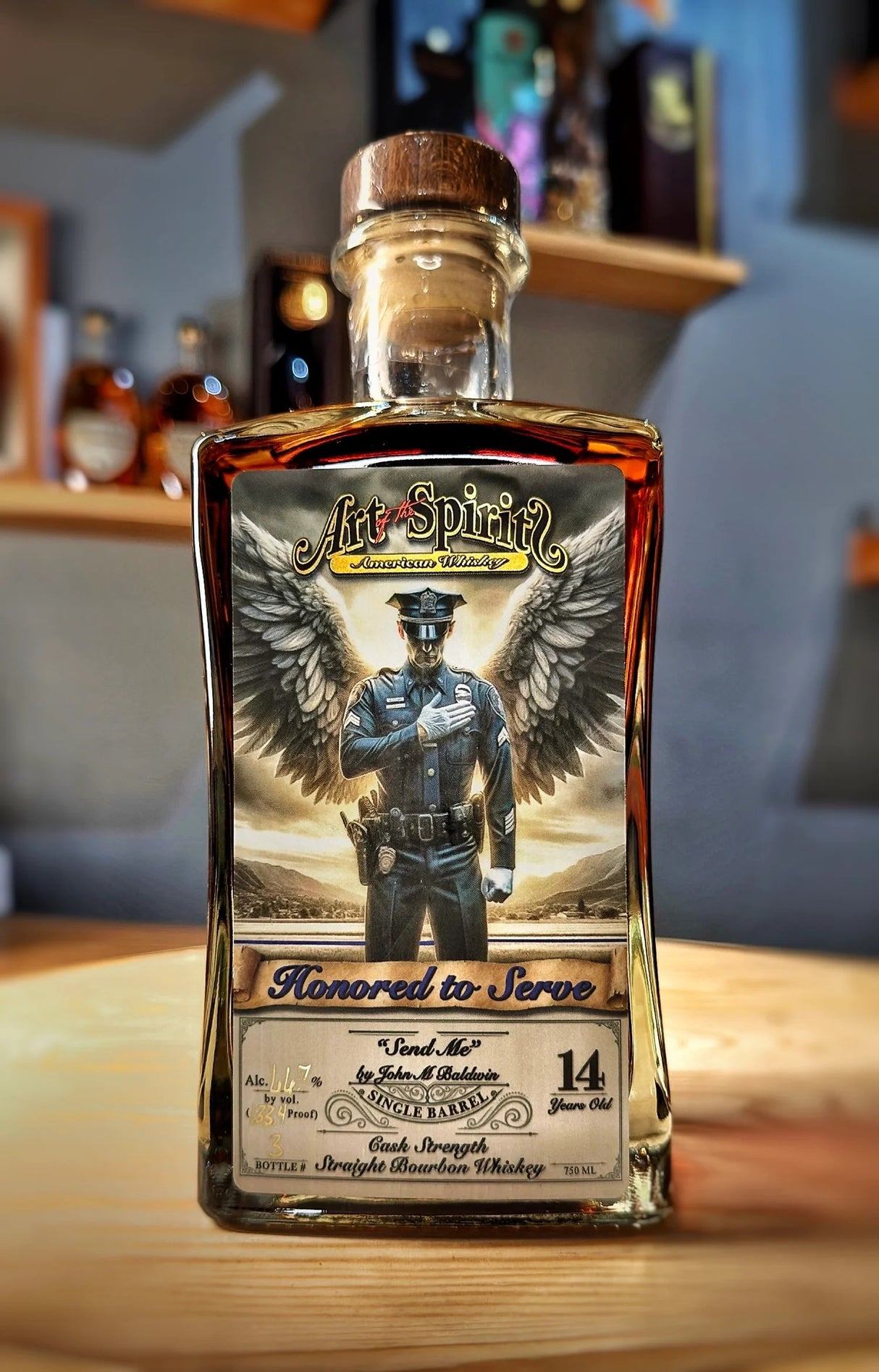The Importance of Whiskey Art in Celebrating Heritage and Workmanship in the Beverage Sector
The complex connection in between scotch art and the celebration of heritage and craftsmanship within the drink market can not be overemphasized. Via thoughtfully designed containers and labels, scotch brand names encapsulate their historic origins and the artisanal skills that define their manufacturing approaches.
The Historical Roots of Whiskey
At the heart of bourbon's attraction lies a rich tapestry of historical roots that map back to ancient people. The beginnings of whiskey can be connected to the purification practices of the Sumerians and Babylonians around 2000 BCE, where early forms of fermented grain drinks began to arise. It was in the Middle Ages that the art of purification evolved substantially, specifically in Ireland and Scotland, leading to the production of bourbon as we know it today.
The term "scotch" itself stems from the Gaelic word "uisce beatha," indicating "water of life." This phrase underscores the social significance of bourbon in Celtic societies, where it was typically related to rituals, events, and communal bonding. By the 15th century, purification ended up being an acknowledged craft within reclusive areas, leading the way for the facility of legal distilleries.
As profession paths increased, whiskey's popularity expanded, going beyond regional limits and recording the interest of lovers worldwide. Whiskey Art. This historical trip mirrors not just the workmanship behind whiskey manufacturing yet also its indispensable role in social and social contexts, noting it as a substantial drink throughout background
Artistic Expression in Branding
Whiskey branding stands as an engaging junction of virtuosity and commerce, where visual identity plays a vital role fit customer understanding. The looks of bourbon tags, product packaging, and advertising and marketing products show not just the brand's story yet likewise its core values and heritage. With artistic expression, distilleries communicate a story that reverberates with consumers, evoking feelings and stimulating links.
Making use of shade, typography, and images in branding offers to set apart products in a saturated market. As an example, conventional themes may stimulate a sense of authenticity and craftsmanship, while modern-day styles can represent advancement and forward-thinking. This strategic creative instructions enhances brand name recognition and loyalty, permitting customers to forge a personal relationship with the whiskey they choose.
In addition, artistic expression in branding typically acts as an event of regional heritage. Distilleries regularly integrate local signs or historical referrals right into their styles, developing a local color that invites consumers to take part in a wider social experience. Eventually, the artistry behind scotch branding not just improves aesthetic charm however additionally enhances the total narrative of the brand name, promoting a much deeper appreciation for the workmanship and heritage ingrained in each bottle.
Workmanship in Bottle Design
The artistry evident in whiskey branding prolongs past visual identification to incorporate the workmanship involved in bottle style. Each container functions as a vessel not just for the spirit within, however additionally for the story it informs about its practice, beginning, and high quality. The style procedure needs thorough attention to information, as aspects such as closure, form, and material add considerably to the total understanding of the bourbon.
Craftsmanship in bottle style involves selecting top notch glass that can boost the whiskey's color and clarity, while likewise giving a tactile experience for the customer. The shape of the container should be both aesthetically appealing and functional, typically mirroring the heritage of the brand. Several distilleries choose special shapes or printed logo designs that stimulate a feeling of credibility and background.
Additionally, the tag layout and typography play an essential duty in communicating the brand name's story. Limited Edition. A well-crafted container not only mesmerizes the consumer's eye but also strengthens the brand's commitment to top quality and custom. In this means, the workmanship of bottle layout comes to be a vital aspect of the scotch experience, merging creativity with an extensive respect for heritage
Social Significance of Scotch Art
Celebrating custom and workmanship, the cultural importance of scotch art transcends mere looks, intertwining with the historic and social narratives of the regions from which it originates. Each container functions as a canvas, depicting the unique tales, mythology, and traditions that have formed neighborhood whiskey-making practices. The detailed styles often show the heritage of the distillers, integrating symbols and themes that resonate with the society and worths of their communities.

In enhancement, whiskey art plays a crucial duty in communal celebrations and events, working as a concrete link between people and their shared experiences. By appreciating the virtuosity in scotch product packaging, consumers grow a much deeper understanding and respect for the craft, ultimately improving their pleasure of the drink itself.
Modern Trends in Scotch Discussion
In the last few years, the presentation of bourbon has evolved to mirror modern tastes and patterns while still honoring typical craftsmanship - Limited Edition. Distilleries are progressively concentrating on aesthetic components that boost the total drinking experience, connecting the gap between heritage and modernity
Cutting-edge container layouts have actually emerged, commonly integrating sustainable products and creative tags that tell engaging stories. Several brands currently work together with local musicians, instilling their products with one-of-a-kind aesthetic expressions that reverberate with consumers. Additionally, limited-edition launches are frequently packaged in collectible containers, including value and allure for aficionados.

Final Thought
Finally, scotch art offers as find more information a crucial avenue for sharing the heritage and workmanship integral in the beverage market. Through complex branding, cutting-edge container styles, and culturally substantial imaginative elements, whiskey brands effectively honor their practices and get in touch with consumers. This creative story not only boosts the appreciation of scotch yet additionally enhances community identity and pride amongst producers. Inevitably, bourbon art plays a vital function in preserving and celebrating the rich social tapestry of whiskey-making.


Craftsmanship in container style includes choosing high-quality glass that can enhance the whiskey's color and clearness, while additionally supplying a tactile experience for the consumer. In this method, the craftsmanship of bottle layout comes to be a crucial facet of the bourbon experience, merging virtuosity with a profound respect for heritage.
In verdict, scotch art serves as an essential avenue for revealing the heritage and craftsmanship fundamental see this site in the beverage that site industry.
Comments on “Bourbon Art in Contemporary Society: Where Tradition Meets Development”